Overall Results
Between 2014 and 2015, New South Wales experienced a decline in terms of revenue (12.6%) and attendance (8.8%). This decline was largely driven by a fall in revenue in the following genres:
- Circus and Physical Theatre category, with revenue declining by 46% and attendance by 45%. This can be attributed to Cirque du Soleil’s season of TOTEM opening in Sydney in October 2014 and closing in January 2015.
- Contemporary Music category, with revenue declining by 21% and attendance by 17% between 2014 and 2015.
- Festivals (Multi-Category), with revenue declining by 30% and attendance by 15%.
Victoria experienced a slight decline in terms of revenue (2.9%) between 2014 and 2015, despite a slight increase in attendance (4.3%). This decline was largely driven by a fall in revenue in the following genres:
- Theatre category, with revenue declining by 47% between 2014 and 2015.
- Contemporary Music category, with revenue declining by 24%.
- Festivals (Single-Category), with revenue declining by 45%.
The fall in revenue was partially offset by strong growth in the Circus and Physical Theatre category, which improved in 2015 as a direct consequence of Cirque du Soleil performances returning to Victoria for the first time since 2013. Despite the decline in total revenue, attendance at live performance events in Victoria rose due to high attendance growth in the Ballet and Dance, Circus and Physical Theatre, Special Events and Festivals (Multi-Category) categories. Overall, New South Wales and Victoria had combined revenue of $915.01 million and continued to account for approximately two-thirds of the entire Australian Live Performance Industry.
Queensland suffered a decline in revenue of 4.2% between 2014 and 2015. This decline was largely driven by a fall in revenue in the following genres:
- Ballet and Dance category, with revenue declining by 39% between 2014 and 2015. The decline may be partially due to the fact that the American Ballet Theatre, which performed a season of Swan Lake and Three Masterpieces in Brisbane in 2014, did not return in 2015.
- Theatre category, with revenue declining by 66% and attendance by 42% due predominately to a decline in the number of commercial productions staged in Brisbane.
Despite a fall in revenue, attendance at live performance events in Queensland rose due to high attendance growth in the Festivals (Multi-Category), Musical Theatre, Special Events and Circus and Physical Theatre categories.
Western Australia experienced a significant decline in revenue (8.4%) and attendance (13.1%) due primarily to falls in the:
- Children’s/Family category, with revenue declining by 58% and attendance by 54% between 2014 and 2015.
- Theatre category, with revenue declining by 80% and attendance by 67%.
This report does not include 248,274 tickets and $6,194,244 in sales revenue generated by the Fringe World Festival (Perth) in 2015. On a like for like basis including Fringe World Festival, Western Australia experienced a decline in revenue and attendance of 4.9% and 2.1% respectively.
Across the other States and Territories, results were mixed. ACT experienced significant revenue growth (69.7%) due predominately to the return of Cirque du Soleil with performances of QUIDAM. Tasmania and South Australia experienced declining revenue despite attendance growth. Despite a significant decline in attendance of 37%, revenue growth in the Northern Territory remained steady due to revenue growth in the Comedy, Circus and Physical Theatre and Contemporary Music categories.
It is to be noted that due to confidentiality requirements, revenue and attendance by state results have not been provided for Australia Council for the Arts (Key Organisations) & Australian Performing Arts Centres Association (APACA) members (“Supplementary data”). As such the following sub-sections on our state analysis only refer to the Ticketing Survey data and not the Supplementary data.
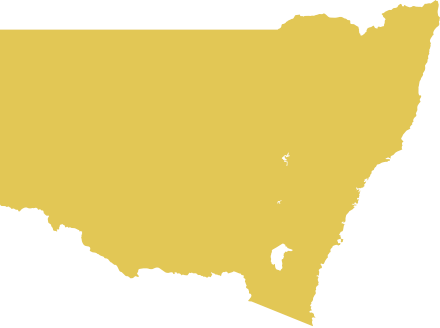 New South Wales
New South Wales
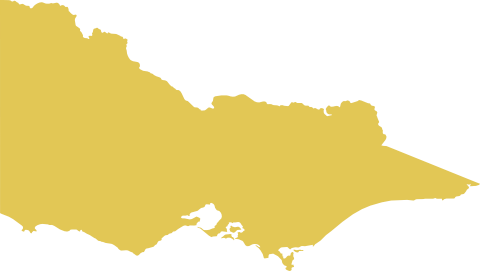 Victoria
Victoria
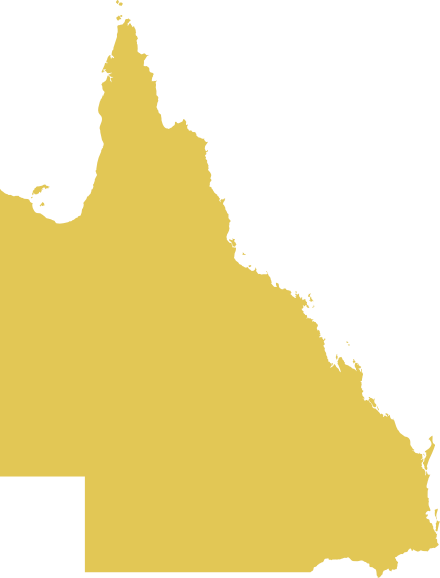 Queensland
Queensland
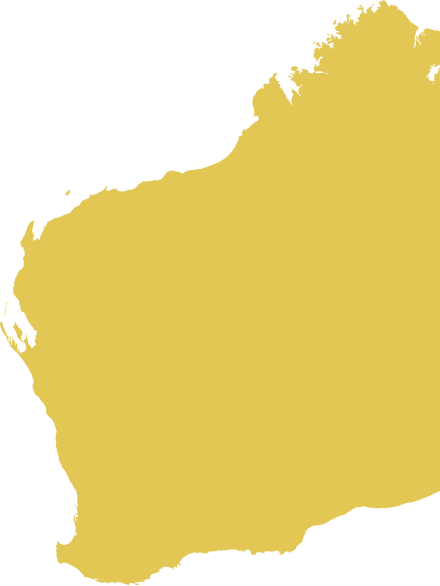 Western Australia
Western Australia
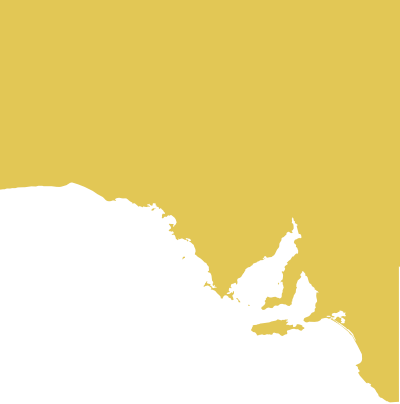 South Australia
South Australia
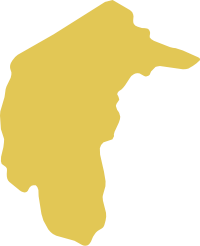 Australian Capital Territory
Australian Capital Territory
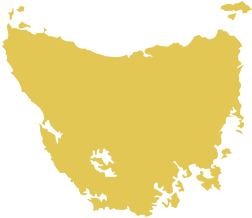 Tasmania
Tasmania
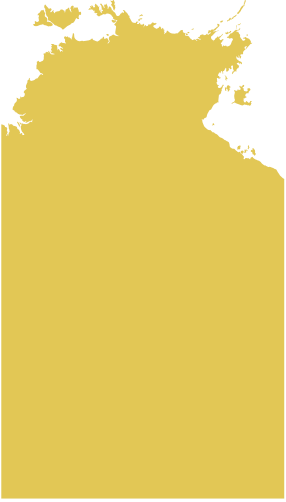 Northern Territory
Northern Territory